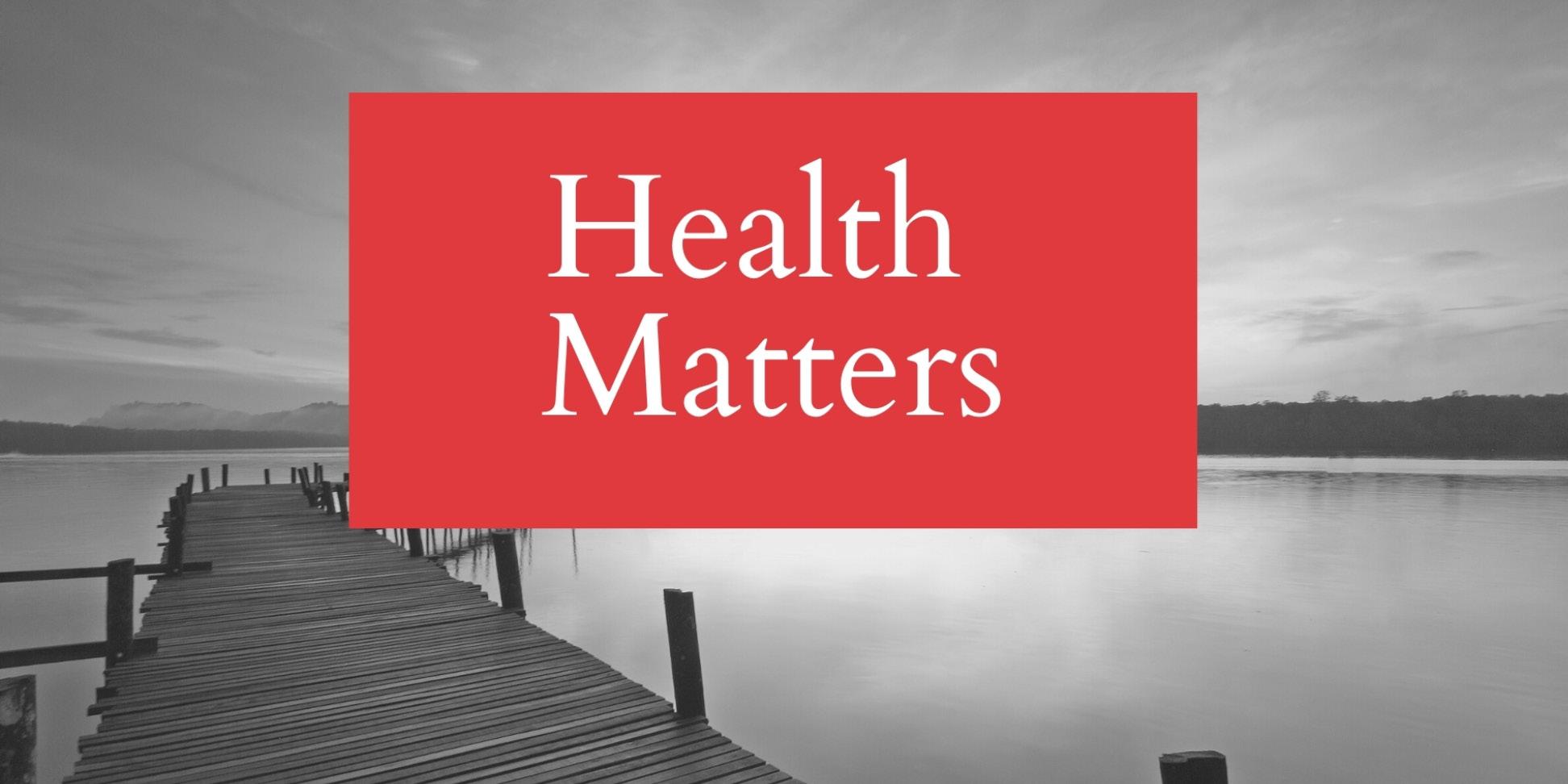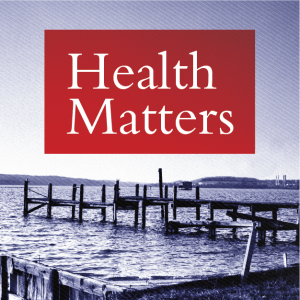

The Maryland Health Care Commission released findings today from a year-long assessment of the unique challenges facing the health system serving five counties on Maryland’s Eastern Shore. The report, titled “Health Matters: Navigating an Enhanced Rural Health Model for Maryland,” examined rural health care challenges in Caroline, Dorchester, Kent, Queen Anne’s, and Talbot Counties. The research was led by the University of Maryland School of Public Health, in partnership with the Walsh Center for Rural Health Analysis at NORC (University of Chicago), at the request of the MHCC's Rural Healthcare Delivery Workgroup.
Legislation directing the Commission to form a Rural Healthcare Delivery Workgroup was passed during the 2016 Maryland legislative session and was signed by Governor Hogan (Senate Bill 707). The Workgroup was tasked with developing solutions that address the state’s rural health care challenges, under the oversight of the Commission. The Commission and the Workgroup, co-chaired by Dr. Joseph Citola and Ms. Deborah Mizeur, worked closely with the research study team on the project.
“This report shines a light on the challenges rural Maryland communities face in accessing health care,” said Department of Health Secretary Dennis R. Schrader. “Limited health care workforces, constraints in transportation, and stagnant economic base are all prevalent issues that need to be addressed to improve health outcomes in these communities.”
“We worked with residents, businesses, policymakers, and health care providers to collect broad input for the report,” said Ben Steffen, executive director of the Maryland Health Care Commission. “These recommendations offer opportunities for Maryland’s rural communities to improve the health of residents and to fully participate in the new delivery models now being implemented in the state.”
The report’s recommendations for restructuring and enhancing the health care delivery system on the Mid-Shore were based on:
- focus groups with residents;
- interviews with community leaders;
- analyses of claims and primary care physician workforce data;
- review of the literature and national models; and
- input from the Workgroup, and its advisory groups, and public hearings.
“We listened to Mid-Shore residents and formulated recommendations based on the clear need to improve health and health care in this region,” said study leader Dr. Luisa Franzini, professor and chair of the Department of Health Services Administration in the UMD School of Public Health. “Comments from residents made it clear that success requires that the underlying social determinants of health, such as good jobs, education, access to affordable housing and healthy foods be addressed – not just health care.”
The study team found that long travel times, a compromised transportation system, and a lack of health care providers were major contributors to the significant access to care problems faced by many rural Maryland communities. The report points to challenges many rural communities face in retaining not only health care providers but also health care facilities – including hospitals and nursing homes – and the economic impact that the loss of health care providers has on vulnerable populations. The final report makes recommendations for improving population health in rural communities within the five-county region and identifies successful initiatives in rural communities throughout the US that can serve as models for Maryland. The authors emphasize that state and local policymakers must make financial commitments to achieve these recommendations.
Key recommendations include:
- Establish a Mid-Shore Coalition: bringing together community residents and leaders from health care, emergency medical services, public health, behavioral health, oral health, social services, transportation, education, business, and law enforcement who would accelerate identifying the most pressing needs and prioritizing actions to address them.
- Create a “rural community health demonstration program:” allowing clinicians to test new delivery models before scaling them to other rural communities in Maryland and, where applicable, urban communities. One example includes creating Patient-Centered Health Neighborhoods that can serve as a coordinated one-stop-shop for diverse health needs.
- Invest in expanding the health care workforce, community-based health literacy, and technology: including the creation of incentives to attract and retain the health workforce, such as a loan repayment program for local residents, and investments to expand the capacity of residents, health care workers and others to support health and well-being.
“Maryland has a long history of being an innovative leader in health care, and is well-positioned to adapt promising approaches from other states' rural areas to improve the health and well-being of the Mid-Shore and rural communities,” said Alana Knudson, co-director of the Walsh Center for Rural Health Analysis at NORC. “Based on our research, we know that policymakers across the country are watching to see how this next chapter in Maryland’s health care reform efforts unfolds, with a special interest in access to care for rural residents.”
The Workgroup adopted recommendations and the study team’s final report at its meeting on September 28, 2017. The Commission approved the final recommendations of the Workgroup and the study team’s final report will be delivered to the Maryland General Assembly in November 2017. The final report can be found here.
About MHCC: The MHCC is an independent regulatory agency whose mission is to plan for health system needs, promote informed decision-making, increase accountability, and improve access in a rapidly changing health care environment by providing timely and accurate information on availability, cost, and quality of services to policymakers, purchasers, providers, and the public. The MHCC's vision for Maryland is to ensure that informed consumers hold the health care system accountable and have access to affordable and appropriate health care services through programs that serve as models for the nation. The MHCC is also the State agency responsible for advancing health information technology throughout Maryland.
About the UMD School of Public Health: The University of Maryland School of Public Health is a dynamic and growing school located at one of the nation’s top-ranked public research universities. Established in 2007 and accredited by the Council on Education in Public Health, our school is committed to promoting and protecting the health and well-being of the diverse communities throughout Maryland and beyond. Grounded in the philosophy that health starts where we live, learn, work and play, we partner with communities and apply research to promote health, advance health equity and create policies that will enhance health across the lifespan.
About the Walsh Center and NORC at the University of Chicago: NORC’s Walsh Center for Rural Health Analysis' mission is to conduct timely policy analysis, research, and evaluation that address the needs of policymakers, the health care workforce, and the public on issues that affect health care and public health in rural America. Founded in 1996 by Project Hope, the Walsh Center is now part of NORC’s Public Health department and focuses on a wide array of issues affecting rural providers and residents, including Medicare payment policies, access to care, health care quality, public health systems, emergency preparedness, health status, rural health workforce, and health information technology.
NORC at the University of Chicago is an objective, non-partisan research institution that delivers reliable data and rigorous analysis to guide critical programmatic, business, and policy decisions. Since 1941, NORC has conducted groundbreaking studies, created and applied innovative methods and tools, and advanced principles of scientific integrity and collaboration. Today, government, corporate, and nonprofit clients around the world partner with NORC to transform increasingly complex information into useful knowledge.